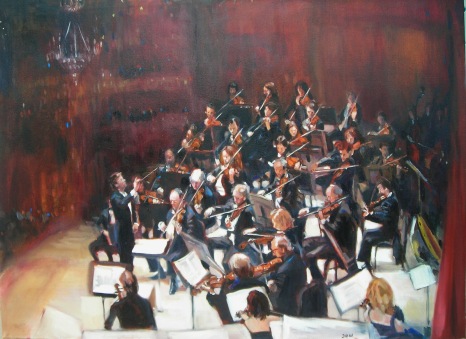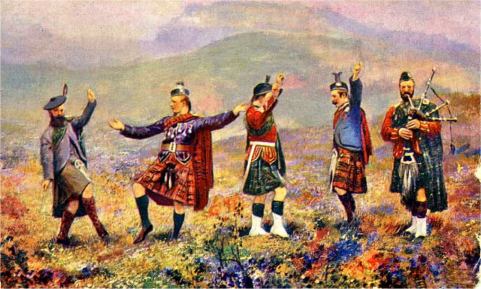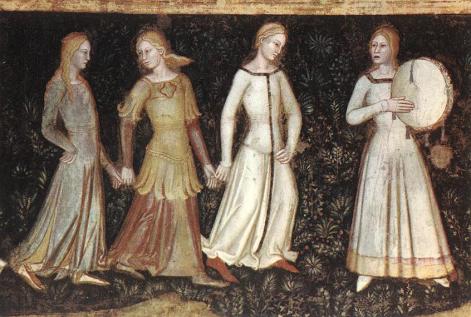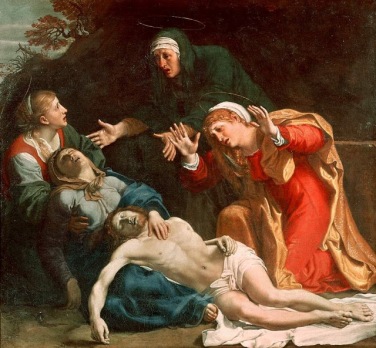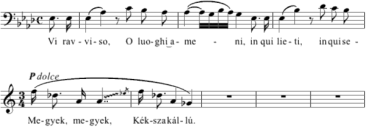A scale consisting of five pitches or pitch classes; music based on such a scale. Scales of this type, of which there are many, are widely distributed geographically and historically, e.g., in *American Indian music, European and Anglo-American folk music, the music of Finno-Ugric and Altaic peoples in Eastern Europe and Asia, and in musical cultures of the *Far East and *Southeast Asia. Western writers have sometimes given prominence to two types that can be (but, in other cultures, have not necessarily been) derived from the Western diatonic scale: (i) a scale of the form C D E G A or some reordering (or mode, depending on which pitch is taken as central) of this relationship (embodied, e.g., in the black keys of the piano), which, because it lacks semitones, is sometimes termed anhemitonic and which, because it seems to omit members of the seven-tone (heptatonic) diatonic scale, is sometimes inappropriately termed a gapped scale; (ii) scales that do include semitones in the forms C E F G B or C E F A B. Pentatonic scales, especially of this first type, have sometimes been used in 19th- and 20th-century Western music.
Category Archives: Uncategorized
episode
A subsidiary passage occurring between passages of primary thematic importance; in a *fugue, a passage, often modulatory, occurring after the exposition of the subject or between subsequent principal statements of the subject [see also Codetta]; in a *rondo, a passage occurring between statements of the principal recurring theme.
sinfonietta [It.]
strathspey
modal
Characterized by the use of a *mode or modes, especially the church modes of the Middle Ages and Renaissance, or by the use of rhythmic modes.
fancy
The 16th- and 17th-century English manifestation of the *fantasia.
ballo [It.]
[sometimes also bal, balletto, dance, ball]. (1) In the late Middle Ages, any social dancing. (2) In the 15th century, a lively dance that contrasted with the slower-moving bassadanza. (3) In the 15th and 16th centuries, a professionally choreographed dance performed socially or as an entertainment. (4) In the titles of 16th-century collections of instrumental music, any of various specific dances (e.g., *pavana, *gagliarda). (5) Around 1600, a stage work in which dance is of central importance (e.g., Monteverdi’s Il ballo delle ingrate, 1608) or a dance forming a part of a larger stage work.
doux [Fr.]
doloroso [It.]
portamento [It.]
A continuous movement from one pitch to another through all of the intervening pitches, without, however, sounding these discretely. It is principally an effect in singing and string playing, though for the latter and for other instruments capable of such an effect, the term glissando is often used. In vocal music, the portamento may be indicated by connecting with a slur two pitches that are sung to different syllables. If two pitches are sung to the same syllable, with the slur simply indicating this fact, a portamento is indicated by the term itself.
